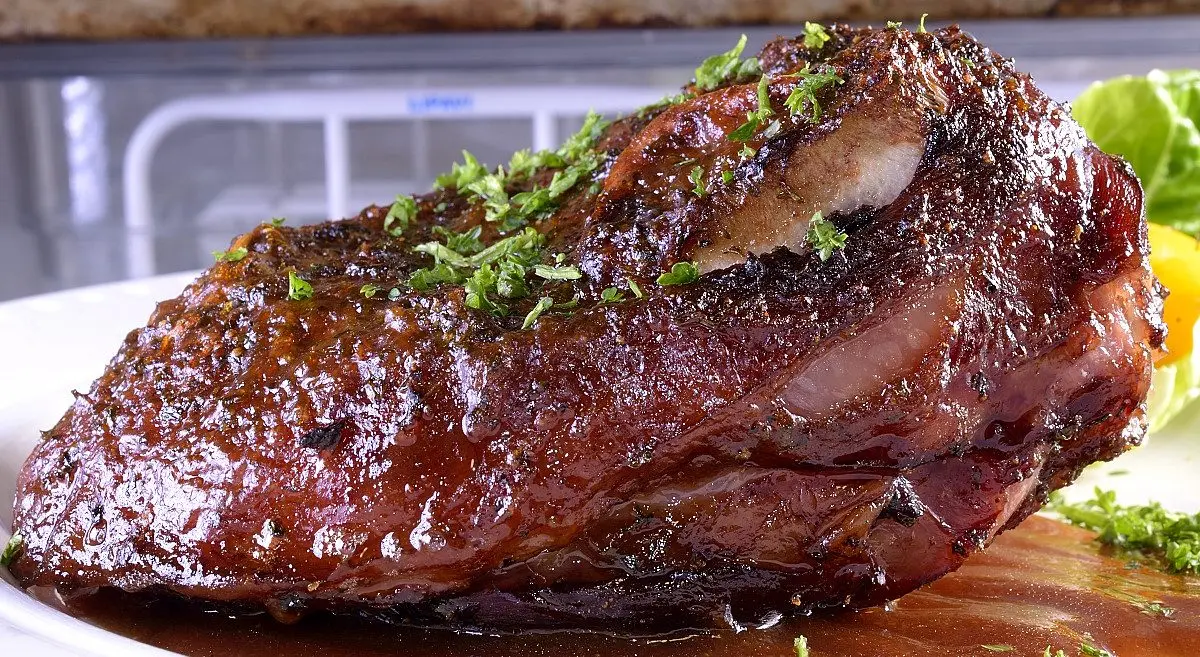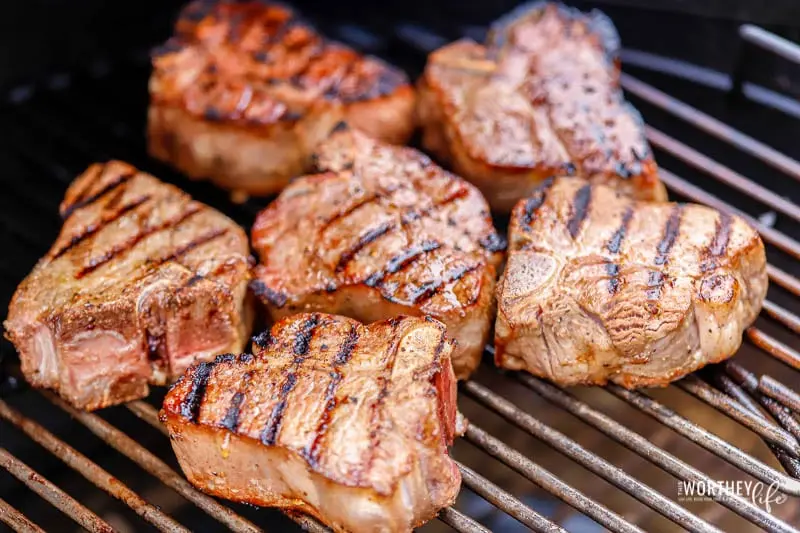Lamb is a delicious and versatile meat that can be prepared in various ways. One popular method of cooking lamb is by using hickory smoke. Hickory smoke adds a unique and rich flavor to the meat, enhancing its natural taste and making it incredibly savory.
Why Choose Hickory Smoke?
Hickory wood is known for its strong and distinct flavor. When used for smoking, it imparts a smoky aroma that enhances the taste of the lamb. The natural sweetness of hickory complements the richness of lamb, creating a harmonious combination of flavors.
Additionally, hickory smoke adds a beautiful caramelized crust to the lamb, giving it a visually appealing appearance. The smoky flavor penetrates the meat, resulting in a tender and juicy texture.
How to Smoke Lamb with Hickory
Smoking lamb with hickory requires a few simple steps:
- Prepare the lamb by trimming excess fat and seasoning it with your desired spices.
- Preheat your smoker to a temperature of around 225°F (107°C).
- Soak hickory wood chips in water for about 30 minutes.
- Place the soaked wood chips on the charcoal or in the smoker box of your gas smoker.
- Once the smoker is ready, place the lamb on the grates and close the lid.
- Smoke the lamb for approximately 1 hour per pound or until it reaches an internal temperature of 145°F (63°C) for medium-rare.
- Remove the lamb from the smoker and let it rest for a few minutes before slicing and serving.
By following these steps, you can achieve a perfectly smoked lamb with a delicious hickory flavor.
Other Woods for Smoking Lamb
While hickory is a popular choice for smoking lamb, there are other woods that can be used as well. Each wood imparts a unique flavor to the meat, allowing you to experiment and find your preferred taste.
Some alternative woods for smoking lamb include:
- Oak: Oak wood provides a mild and slightly sweet flavor that complements the natural taste of lamb.
- Apple: Apple wood adds a subtle, fruity undertone to the lamb, creating a delicate and refreshing flavor profile.
- Cherry: Cherry wood offers a mild and slightly sweet flavor that pairs well with the richness of lamb.
- Mesquite: Mesquite wood has a strong and bold flavor that can overpower the taste of lamb if used excessively. It is best used in moderation.
Feel free to experiment with different wood combinations to discover your favorite smoked lamb flavor.
Frequently Asked Questions
Can I smoke lamb with other types of wood?
Absolutely! While hickory is a popular choice, you can use other woods like oak, apple, cherry, or mesquite to smoke lamb. Each wood will impart a unique flavor to the meat.
How long does it take to smoke lamb?
The smoking time for lamb depends on its size and the desired level of doneness. As a general guideline, you can smoke lamb for approximately 1 hour per pound at a temperature of 225°F (107°C).
What internal temperature should lamb reach when smoked?
For medium-rare lamb, the internal temperature should reach around 145°F (63°C). Use a meat thermometer to ensure accurate temperature readings.
Can I use hickory smoke for other meats?
Absolutely! Hickory smoke is versatile and can be used for various meats, including pork, beef, and poultry. It adds a delicious smoky flavor to any dish.

In Conclusion
Hickory smoke is an excellent choice for smoking lamb. Its strong and distinct flavor enhances the natural taste of the meat, creating a delicious and savory dish. By following simple smoking techniques and experimenting with different wood options, you can achieve a perfectly smoked lamb with a mouthwatering hickory flavor.
If you want to know other articles similar to Delicious hickory smoked lamb: a perfectly savory dish you can visit the Smoking category.


Related Articles